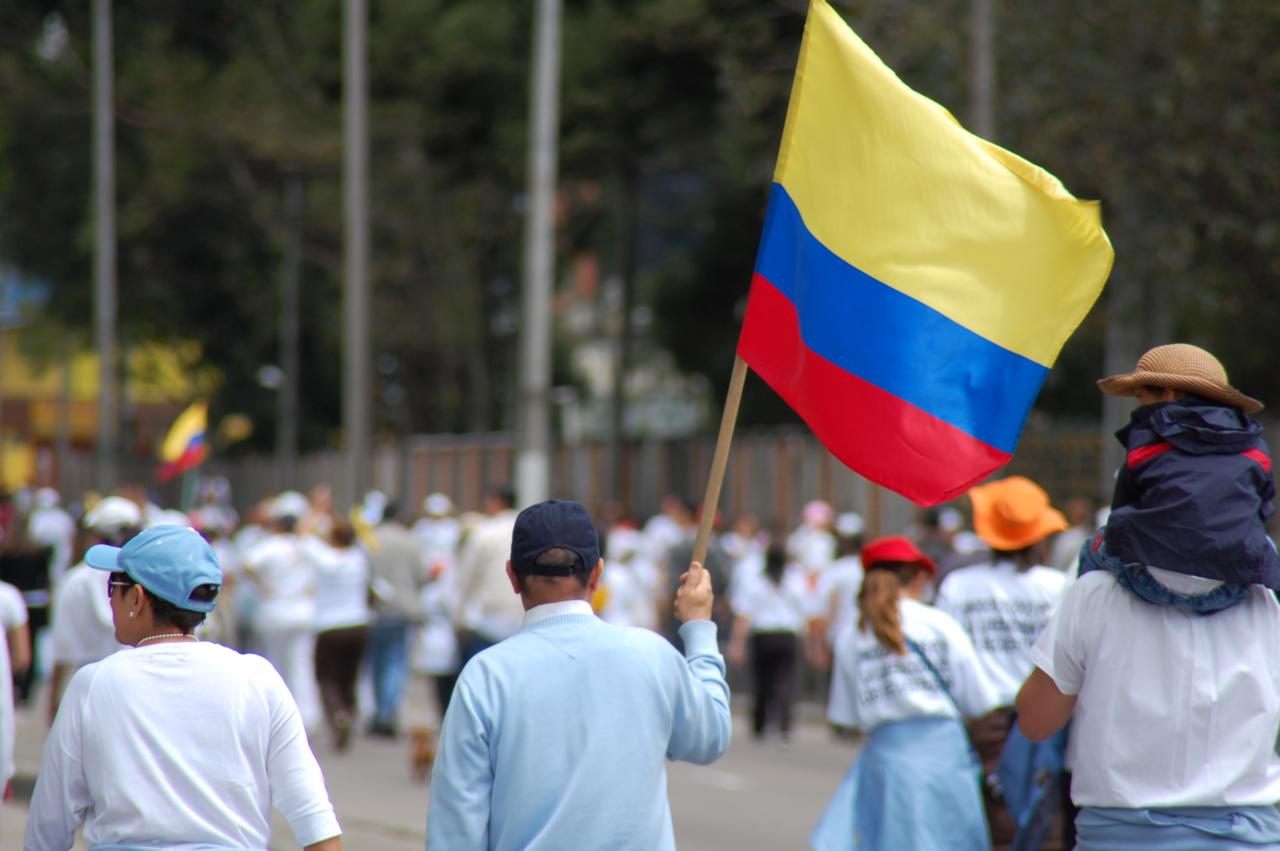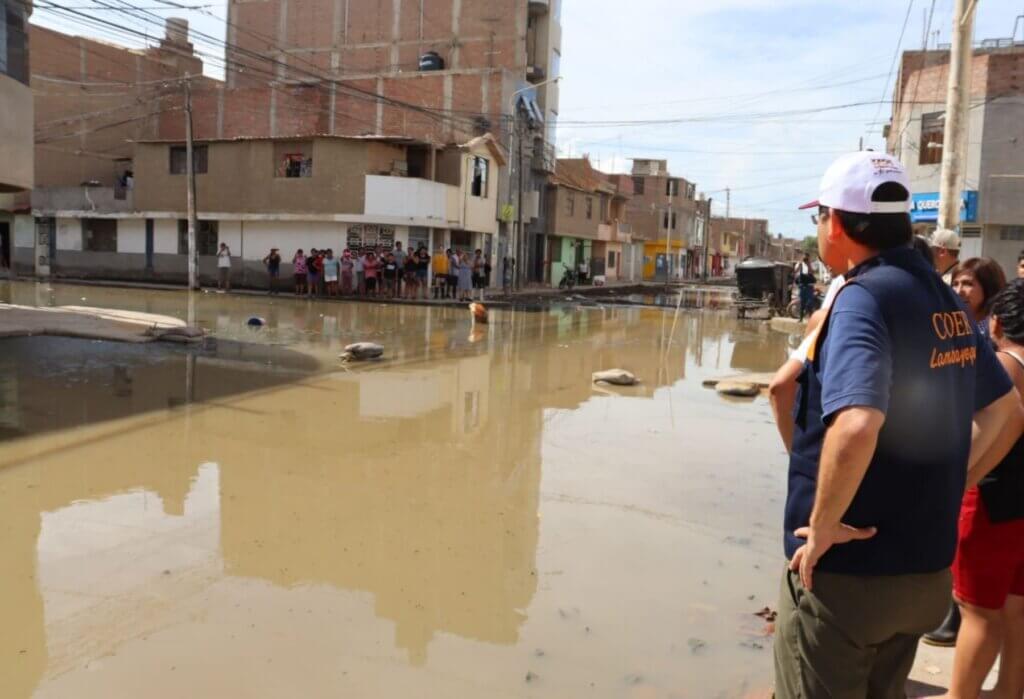Today, the Biden administration removed the Revolutionary Armed Forces of Colombia (the FARC) from USA’s list of terrorist groups. The FARC, a leftist guerrilla group which arose in Colombia in the 1960s, has been on the list since 1997.
There are more than 70 groups on the list, kept by the US Department of State – only 14 have ever been removed.
The designation of “foreign terrorist organisation”, according to the US Department of State is critical to the “fight against terrorism”, as well as being “an effective means of curtailing support for terrorist activities and pressuring groups to get out of the terrorism business,” due to the strict rules around funding.
The announcement coincides with the five-year anniversary of the Colombian government signing a peace deal with the revolutionary group, a comprehensive set of accords which ended a 52-year civil war and led to the demobilization of the region’s biggest guerrilla group.
This means the FARC remained on the list five years after having laid down arms and become a legitimate political party, even holding seats in congress since 2018, and changing the name of the political party to “Comunes” earlier this year.
“The delisting should have occurred years ago. The ‘foreign terrorist organization’ restriction was limiting efforts that can make peace more sustainable and prevent recidivism,” Gimena Sánchez, Andes Director at the Washington Office on Latin America (WOLA), tells Latin America Reports.
These delayed delistings aren’t unusual: On the other side of the political spectrum, Colombia’s biggest far-right paramilitary group, the United Self-Defense Forces of Colombia (the AUC) were added to the list in 2001 and removed in 2014, either years after their demobilization (and the end of the group’s existence in that form) in 2006.
But it’s better late than never: many see that the delisting will open up new options for US-Colombia collaboration. The presence of the group on the list means strict restrictions on US funding: any project which might benefit or fund FARC members – including those who peacefully disarmed after the peace deal in 2016.
“Now US assistance can go to efforts that consolidate peace that include ex-combatants like demining efforts,” says Sánchez.
The US has sent around USD $3 billion in aid aimed at supporting the peace process since 2017, but very little of that has been able to fund projects which actually include former combatants: even projects like demining have had funding blocked. Around half of that funding went to the security forces – in fact, around two thirds of all US aid since the year 2000 has gone to police and military.
The US Department of State is able to make exceptions to those funding rules, and did so regarding two key areas of FARC reintegration: pre-natal and post-natal care for female former-combatants, and training for former-child soldiers.
There is, therefore, a contradiction, feels Pablo Catatumbo, former FARC combatant and now member of the Comunes party, given the amount of resources expended by the USA to support the Colombian civil war effort.
“We signed a peace deal which the US government supported. They should support the peace the same way they supported the war,” he told Colombian newspaper El Tiempo.
Though the decision coincides with the five-year anniversary, it is also part of the list’s compulsory five-year review cycle (delayed by the pandemic): however, the Department of State does have the authority to remove or add groups at any time.
At the time of its last review, in 2016, it was deemed too soon, despite the peace accords having full support of then-president Barack Obama and his then-Vice President Joe Biden, and an explicit request from Colombia’s then-President Juan Manuel Santos. Duque has, reportedly, not pushed the issue during his mandate. The US Department of State wanted to fully verify that the group were disarming and abandoning involvement in the drugs trade.
Two dissident FARC groups – i.e. who never disarmed or who have since rearmed – have been added to the list: ‘La Nueva Marquetalia’, led by Iván Márquez who left the peace process in 2019, and the group now known as the ‘FARC-EP’ or ‘People’s Army’ (led by former FARC commander Gentil Duarte). There are around 30 FARC dissident groups in total, present in 22 of Colombia’s 32 departments.
Some see the move as a gesture of support for the peace process, and the Biden administration have certainly been more supportive of the terms of the peace deal than the administration of Donald Trump, who tended to support Colombia’s hard-right Centro Democrático party and its leader former President Álvaro Uribe, a staunch opposer of the peace accords.
In the first state visit by a key US functionary since the election of President Biden, Secretary of State Antony Blinken said last month, that “the United States has a strong stake in the peace accord… We worked hard to support Colombians as they sought to reach the agreement. And we also have a real stake in its implementation.”
Though the move has been met with some criticism in the US, particularly from the political right, the delisting went ahead earlier today.











